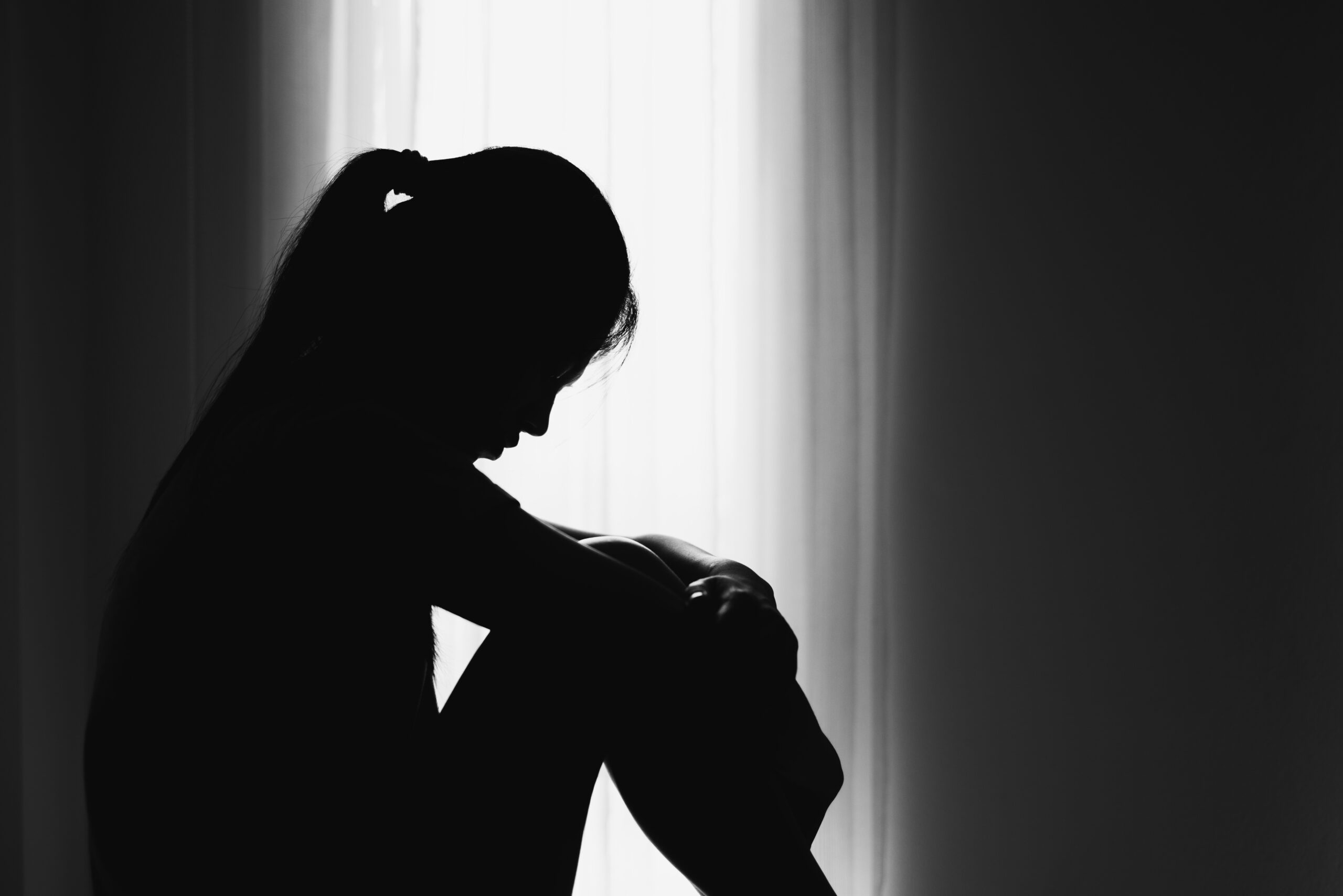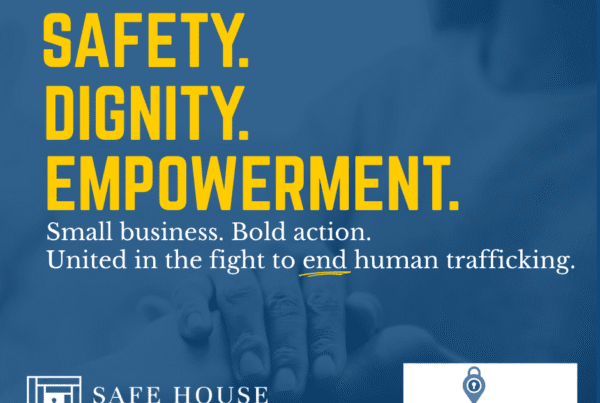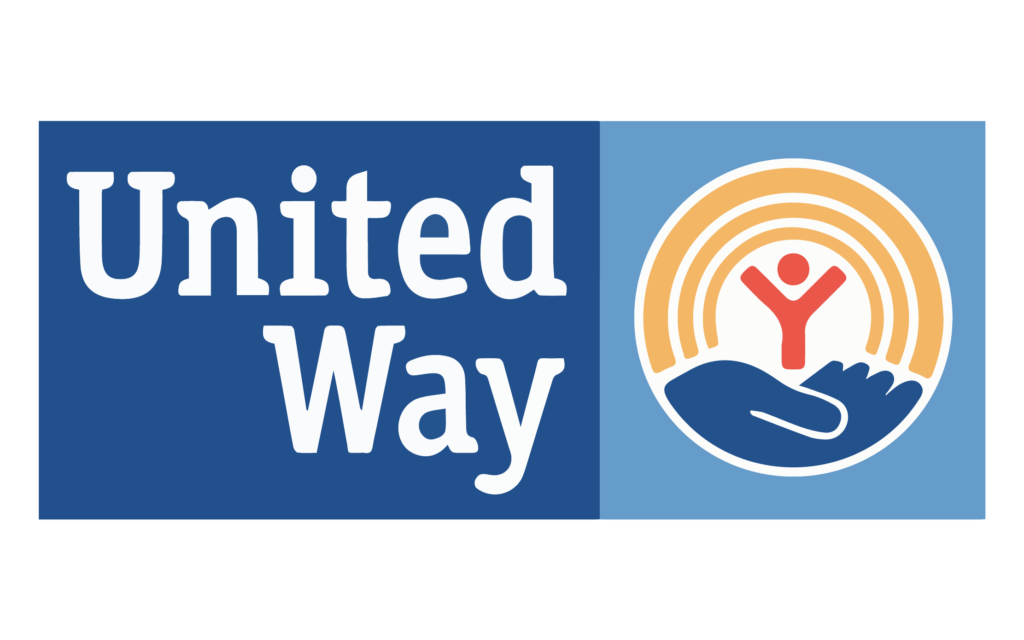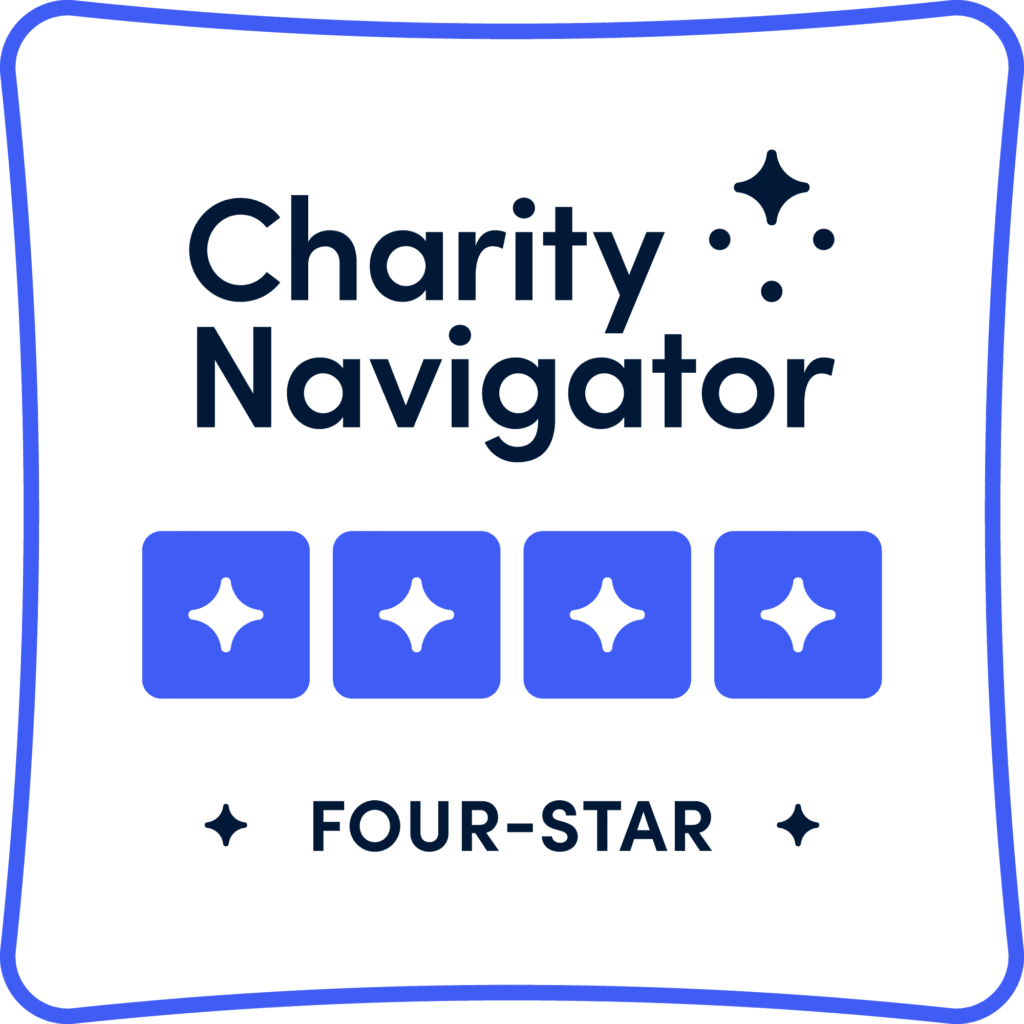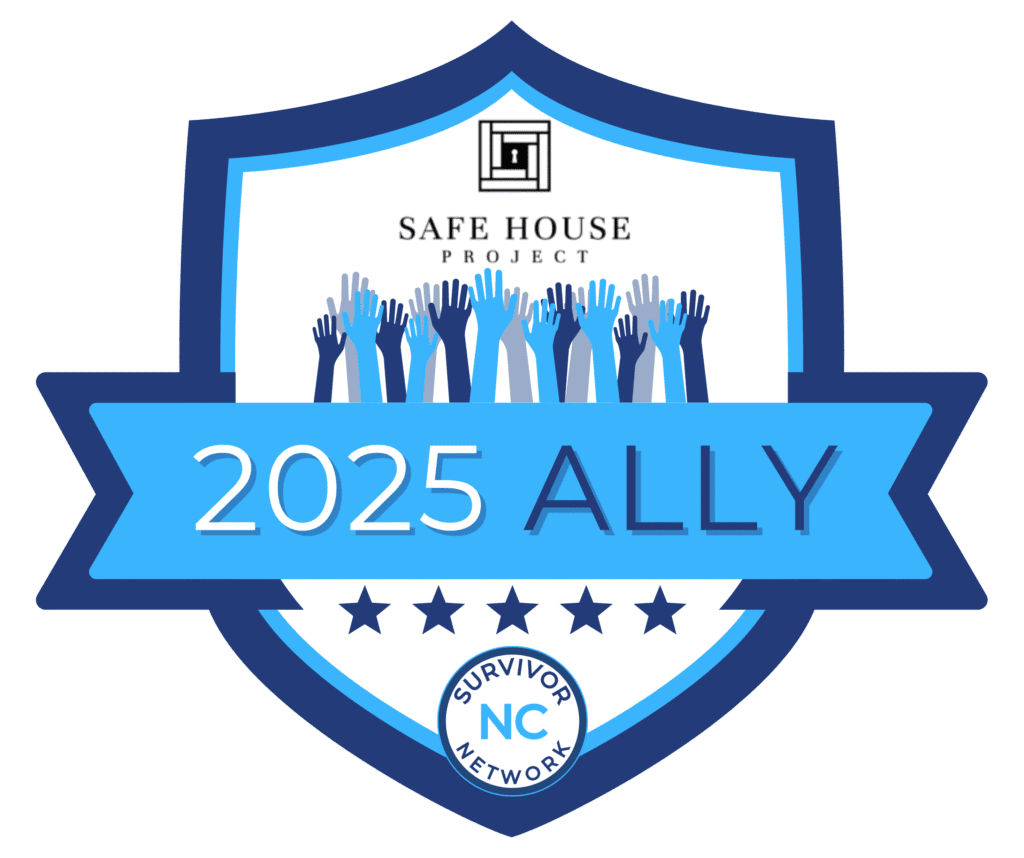Human trafficking is often thought of in terms of morality and human rights—as it should be. But what’s frequently overlooked is the staggering economic impact of trafficking on our communities. Beyond the suffering of survivors, the cost of human trafficking leaves a deep financial scar on public systems, businesses, and taxpayers. And the truth is, we’re all paying the price.
At Safe House Project, we focus on the long-term empowerment and restoration of trafficking survivors—but our mission also involves educating the public on why this issue demands broad investment and action. Here’s a deeper look at how the financial burden of exploitation affects us all.
Lost Productivity: When Potential Is Stolen
When a child is trafficked, society loses more than just a person—it loses their potential.
Every year, more than 300,000 children are at risk of being trafficked in the United States. Many are never identified. Those who are may never return to the workforce or education system without proper care and resources.
When victims aren’t provided a safe place to heal, 80% are re-exploited. This ongoing cycle drains local economies through dependency on social services, disrupted education, and missed career opportunities. Survivors often face long gaps in employment, leaving them unable to contribute economically in a meaningful way unless they receive the right support.
The result? Billions of dollars lost each year in future earnings and contributions to society.
Healthcare Costs: Treating the Wounds You Can’t Always See
Survivors of trafficking often require intensive, long-term medical care—far beyond initial emergency interventions. From complex trauma and PTSD to untreated physical injuries, trafficking survivors carry invisible wounds that require specialized, sustained care.
On average, a survivor may experience 10–12 psychological issues both during and after exploitation. Many of these require mental health support, substance abuse treatment, and ongoing therapy. According to data compiled by Safe House Project, this care can cost upwards of $200,000 per survivor over time.
And because many survivors are uninsured or underinsured, this financial responsibility falls on public health systems, emergency rooms, and nonprofit care providers.
When our systems are reactive instead of proactive, the burden is greater and the healing is slower.
Criminal Justice Expenses: A Costly Misidentification
Too often, trafficking victims are misidentified as criminals. Instead of being offered a pathway to freedom, they’re processed through courts, incarcerated, and left without the support they need.
This misidentification leads to substantial costs—jail time, legal defense, probation, and re-entry programs—all of which are taxpayer-funded. One study found that the cost to incarcerate a trafficking survivor is more than $30,000 per year, often compounding over time as survivors cycle through the justice system without proper intervention.
At Safe House Project, we believe that every dollar spent on misidentification is a dollar that could have gone to prevention, education, or trauma-informed care. When we invest in survivor-centered solutions, we reduce recidivism, empower healing, and ease the pressure on our justice system.
The Ripple Effect on Community Services
Trafficking doesn’t just impact the individual—it places an enormous strain on community services like public schools, foster care systems, shelters, and healthcare providers.
When survivors—especially minors—aren’t properly identified and supported, the burden shifts to local institutions that aren’t equipped to handle the complex trauma trafficking creates. Teachers, nurses, social workers, and emergency personnel are forced to become first responders to a crisis they weren’t trained to address.
This means fewer resources for others in need, overextended systems, and burnout among critical service providers. The financial burden of exploitation reaches far beyond nonprofits or law enforcement—it touches every layer of local infrastructure.
The ROI of Prevention and Intervention
There is a measurable return on investment when we focus on prevention and early intervention. Every dollar spent on survivor identification, safe housing, and trauma-informed care reduces long-term costs by preventing revictimization, unemployment, and chronic health issues.
Programs like Safe House Project’s survivor-informed training have empowered over 300,000 individuals—including healthcare professionals, teachers, and law enforcement—to identify and support victims. These investments directly reduce the burden on emergency services and incarceration systems.
Additionally, the Safe House Project has supported the creation of 624 certified beds in safe homes across the U.S., providing 227,760 safe nights annually. Survivors who have access to long-term support, education, and employment pathways are more likely to heal and contribute meaningfully to society.
Healing isn’t just humane—it’s economically smart.
Why It Matters to You
You don’t have to be a survivor, a social worker, or a law enforcement officer to care about the economic impact of trafficking. You just have to live in a community.
Every missed opportunity, untreated illness, or unnecessary incarceration adds up, and your local hospital, your local schools, and your local taxes are absorbing it.
This isn’t a distant issue—it’s one playing out in zip codes across the country. And without proactive investment in survivor identification, safe housing, and holistic care, the financial toll will only continue to grow.
A Smarter Solution: Prevention, Not Just Response
Safe House Project is redefining how our nation responds to the trafficking crisis by investing in what works:
Training and Identification
We’ve trained more than 300,000 people to recognize and report trafficking, increasing early intervention and reducing long-term costs.
Safe Housing
With 479 certified safe houses nationwide, we’ve provided 227,760 safe nights each year, helping 2,763 survivors begin their journey toward healing.
Restorative Care
From legal support to education and mental health treatment, we ensure survivors are not just seen, but supported on the path to sustainable freedom.
What You Can Do
Donate
Every dollar funds programs proven to reduce the financial burden of exploitation by providing care and stability that breaks the cycle.
Join
Be part of a movement that sees the survivor as a person, not a number, and understands that healing is an investment worth making.
Share
Raise awareness in your community about the cost of human trafficking and how we can all be part of the solution.
Safe House Project
Trafficking robs children of freedom—and it robs communities of stability. It’s time we saw this issue not only for the horror it is, but for the financial crisis it quietly causes every year.
At Safe House Project, we believe that hope is the best return on investment. Let’s stop spending millions reacting to the aftermath—and start investing in prevention, protection, and a future where no child is for sale.


